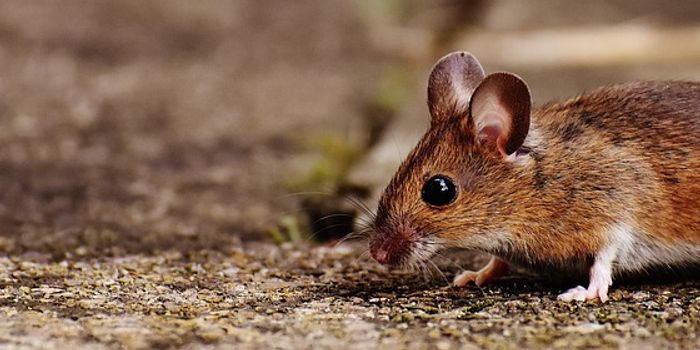Using Mosquito Spit to Develop Vaccines for Zika, Yellow Fever, Dengue
Mosquitoes, specifically, the Aedes mosquito, can carry and transmit deadly virsues like the Zika virus and the viruses that cause yellow and dengue fever. Zika virus can cause severe disease, hospitalization, and complications, though death is not common. About 20% to 50% of people with severe yellow fever die. Though most cases of dengue fever are mild or asymptomatic, severe cases can also lead to death.
Unfortunately, there are no treatments or vaccines available designed specifically to treat or prevent these viral infections in humans.
New research from a team at the University of Leeds reports that a molecule in mosquito saliva may offer a way to develop effective vaccines or other therapeutic interventions for many of these deadly mosquito-borne illnesses. The team’s efforts to analyze the molecule are described in a recent study published in the Proceedings of the National Academy of the Sciences.
The molecule in question, sialokinin, was found to help many of these viruses pass between mosquitoes and humans with relative ease. In the past, sialokinin has been shown as a key player in helping mosquitoes drink blood with ease. Up until now, however, it was not well known how, or even if, sialokinin played a role in viral transmission.
However, sialokinin isn’t designed specifically to help with viral transmission; it happens more on accident. By studying the effects of sialokinin on mice skin cells, researchers could show that the molecule’s impact on blood vessels made them more permeable and, therefore, more accessible to viruses moving between humans and mosquitoes.
With this mechanism of action better understood, researchers believe sialokinin holds promise as a therapeutic target. Specifically, blocking the activity of sialokinin through vaccines (or preventing it from impacting the skin altogether through topical treatments) could help prevent the spread of deadly viruses carried by mosquitoes. The research team also hopes to investigate other potential molecules in mosquito saliva as possible therapeutic targets.
Sources: Science Daily; National Academy of the Sciences; CDC








